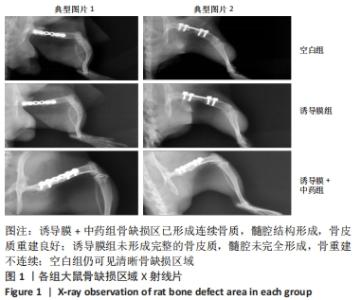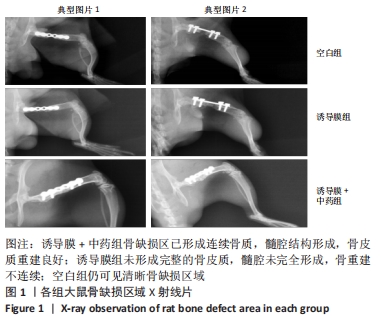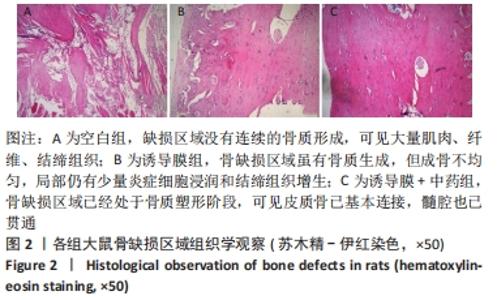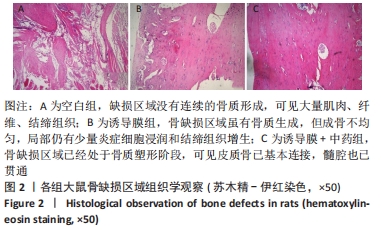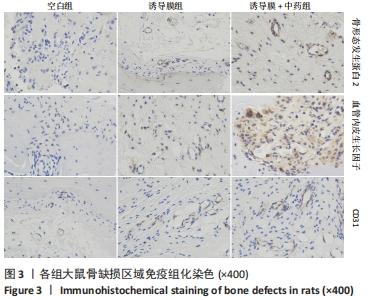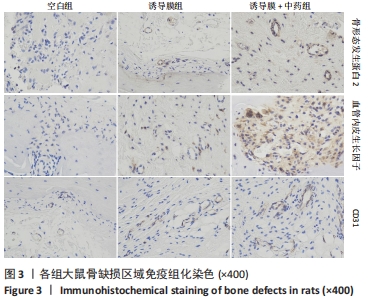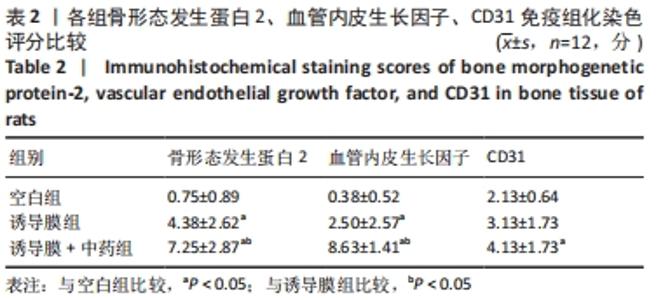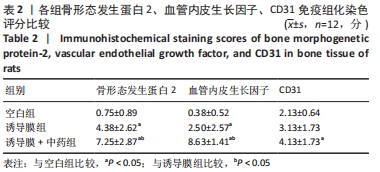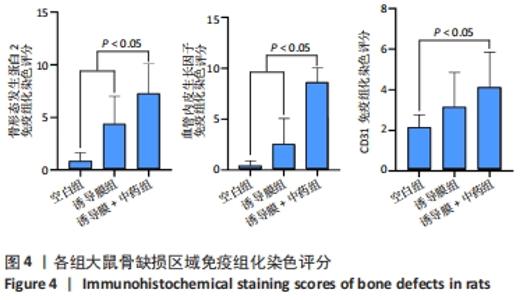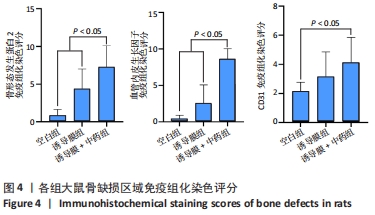[1] DECOSTER TA, GEHLERT R, MIKOLA EA, et al. Management of posttraumatic segmental bone defects. J Am Acad Orthop Surg Glob Res Rev. 2004;12(1): 28-38.
[2] MAUFFREY C, BARLOW BT, SMITH W. Management of segmental bone defects. J Am Acad Orthop Surg Glob Res Rev. 2015;23(3): 143-153.
[3] GUBIN A, BORZUNOV D, MALKOVA T. Ilizarov method for bone lengthening and defect management review of contemporary literature. Bull Hosp Jt Dis. 2016; 74(2):145-154.
[4] LEVIN S. Vascularized fibula graft for the traumatically induced long-bone defect. J Am Acad Orthop Surg Glob Res Rev. 2006;14(10 Spec No.):S175-176.
[5] ATTIAS N, LINDSEY RW. Case reports: management of large segmental tibial defects using a cylindrical mesh cage. Clin Orthop Relat R. 2006;450:259-266.
[6] 化昊天,赵文宇,白文博,等. Masquelet技术与Llizarov技术治疗感染性骨缺损的Meta分析[J].海南医学院学报,2020,26(11):838-845.
[7] LIPORACE FA, BREITBART EA, YOON RS, et al. The effect of locally delivered recombinant human bone morphogenetic protein-2 with hydroxyapatite/tri-calcium phosphate on the biomechanical properties of bone in diabetes-related osteoporosis. J Orthop Traumatol. 2015;16(2):151-159.
[8] HANKENSON KD, DISHOWITZ M, GRAY C, et al. Angiogenesis in bone regeneration. Injury. 2011;42(6):556-561.
[9] ZHENG ZW, CHEN YH, WU DY, et al. Development of an accurate and proactive immunomodulatory strategy to improve bone substitute material-mediated osteogenesis and angiogenesis. Theranostics. 2018;8(19):5482-5500.
[10] MAES C. Role and regulation of vascularization processes in endochondral bones. Calcified Tissue Int. 2013;92(4):307-323.
[11] GROSSO A, BURGER M G, LUNGER A, et al. It takes two to tango: coupling of angiogenesis and osteogenesis for bone regeneration. Front Bioeng Biotech. 2017;5:68.
[12] GERBER HP, VU TH, RYAN AM, et al. VEGF couples hypertrophic cartilage remodeling, ossification and angiogenesis during endochondral bone formation. Nat Med. 1999;5(6):623-628.
[13] RAMASAMY SK, KUSUMBE AP, ADAMS RH. Endothelial notch activity promotes angiogenesis and osteogenesis in bone. Febs J. 2014;281:323-323.
[14] XU R, YALLOWITZ A, QIN A, et al. Targeting skeletal endothelium to ameliorate bone loss. Nat Med. 2018;24(6):823-833.
[15] KUSUMBE AP, RAMASAMY SK, ADAMS RH. Coupling of angiogenesis and osteogenesis by a specific vessel subtype in bone. Nature. 2014;507(7492):323-328.
[16] NAKASHIMA K, ZHOU X, KUNKEL G, et al. The novel zinc finger-containing transcription factor Osterix is required for osteoblast differentiation and bone formation. Cell. 2002;108(1):17-29.
[17] SARAN U, PIPERNI SG, CHATTERJEE S. Role of angiogenesis in bone repair. Arch Biochem Biophys. 2014;561:109-117.
[18] 李明凤,方林娜,计翼,等.前列腺癌组织中TEM8与血管内皮生长因子(VEGF)的表达及临床意义[J].临床与实验病理学杂志,2020,36(10):1144-1148.
[19] MORRIS R, HOSSAIN M, EVANS A, et al. Induced membrane technique for treating tibial defects gives mixed results. Bone Joint J. 2017;99-B(5):680-685.
[20] 曹灵修,任路,张林.中医药防治糖尿病骨质疏松症研究概述[J].山东中医杂志,2020,39(5):525-529.
[21] 杨永菊,王俊峰,范春博,等.基于网络药理学和分子对接探析骨碎补治疗骨关节炎的潜在作用机制[J].辽宁中医药大学学报. 网络首发时间:2021-05-31.https://scjg.cnki.net/kcms/detail/detail.aspx?filename= LZXB20210528000&dbcode=CJFQ&dbname=DKFX2021
[22] 张来福,卢承印,王孝辉,等.从网络药理学角度探究骨碎补治疗骨折类疾病的作用机制[J].亚太传统医药,2021,17(3):179-186.
[23] 彭双,韩立峰,王涛,等.骨碎补中的化学成分及药理作用研究进展[J].天津中医药大学学报,2012,31(2):122-125.
[24] 谌顺清,梁伟,张雪妹,等.骨碎补化学成分和药理作用研究进展[J].中国中药杂志,2021,46(11):2737-2745.
[25] KRISHNAN V, BRYANT HU, MACDOUGALD OA. Regulation of bone mass by Wnt signaling. J Clin Invest. 2006;116(5):1202-1209.
[26] MILAT F, NG KW. Is Wnt signalling the final common pathway leading to bone formation? Mol Cell Endocrinol. 2009;310(1-2):52-62.
[27] LI S, ZHOU H, HU C, et al. Total Flavonoids of Rhizoma Drynariae promotes differentiation of osteoblasts and growth of bone graft in induced membrane partly by activating Wnt/β-catenin signaling pathway. Front Pharmacol. 2021;12:675470.
[28] SUN W, LI M, ZHANG Y, et al. Total Flavonoids of Rhizoma Drynariae ameliorates bone formation and mineralization in BMP-Smad signaling pathway induced large tibial defect rats. 2021;138:111480.
[29] 李定,李悦,黄枫,等.骨碎补总黄酮在诱导膜技术中对骨缺损区域血管形成和成骨质量的影响[J].中华中医药杂志,2019,34(11):5086-5089.
[30] 曾志奎.基于三元调控理论探讨骨碎补总黄酮对Masquelet技术中诱导膜形成的影响[D].广州:广州中医药大学,2018.
[31] 李定.骨碎补总黄酮在诱导膜技术中对血管生成与成骨生效成能关系的研究[D].广州:广州中医药大学,2020.
|
